By Todd Burras
ELY, MINN. – Will today be the day? That’s the question fellow birders in this remote area of northern Minnesota are pondering.
Specifically, will today be the last day that throngs of common redpolls and pine siskins quit coming to feeding stations where they have been consuming copious amounts of fine sunflower chips and Nyjer seeds during the past month or more?
With temperatures rising and daylight extending into early evening, winter is reluctantly giving way to spring. As the seasons change, those who keep a close eye on their birdfeeders are anticipating the inevitable change of the guard that will soon take place. Winter finches, such as redpolls, pine siskins, purple finches, red-crossbills, white-winged crossbills and pine and evening grosbeaks, all bring color, flair, drama, energy and much joy to backyards during the throes of the year’s darkest season. Any day now, however, they will be gone, only to be replaced by other migrating birds, such as warblers and thrushes, that will spend the spring, summer and early fall here.
The arrival of dark-eyed juncos in recent days is another sign that winter finches soon will be dispersing farther north for spring and summer breeding grounds. Juncos are ground-feeding sparrows that we enjoy throughout fall and winter in Iowa. They typically arrive in droves sometime in late September or early October and settle in until late March and early April.
Like the winter finches, the majority of juncos migrate farther north to breed in the boreal forests of Canada and Alaska so their departure from central Iowa and arrival in northern Minnesota beckons the early ripples of the spring songbird migration. The juncos here are simply refueling on millet seeds and sunflower chips as they continue their northward push.
The crescendo of the songbird migration won’t occur in Iowa for another month with the arrival of the neo-tropical birds, including favorites like chimney swifts, ruby-throated hummingbirds, Baltimore orioles, summer and scarlet tanagers, indigo buntings, rose-breasted grosbeaks and gray catbirds, among others. Still, it’s a good time to start planning for their arrival by locating and then cleaning your specialty feeders and stocking up on jelly that doesn’t have high-fructose corn syrup.
You can also keep abreast of the hummingbird migration by visiting: https://www.hummingbirdcentral.com/
To follow the arrival of purple martin scouts, visit:
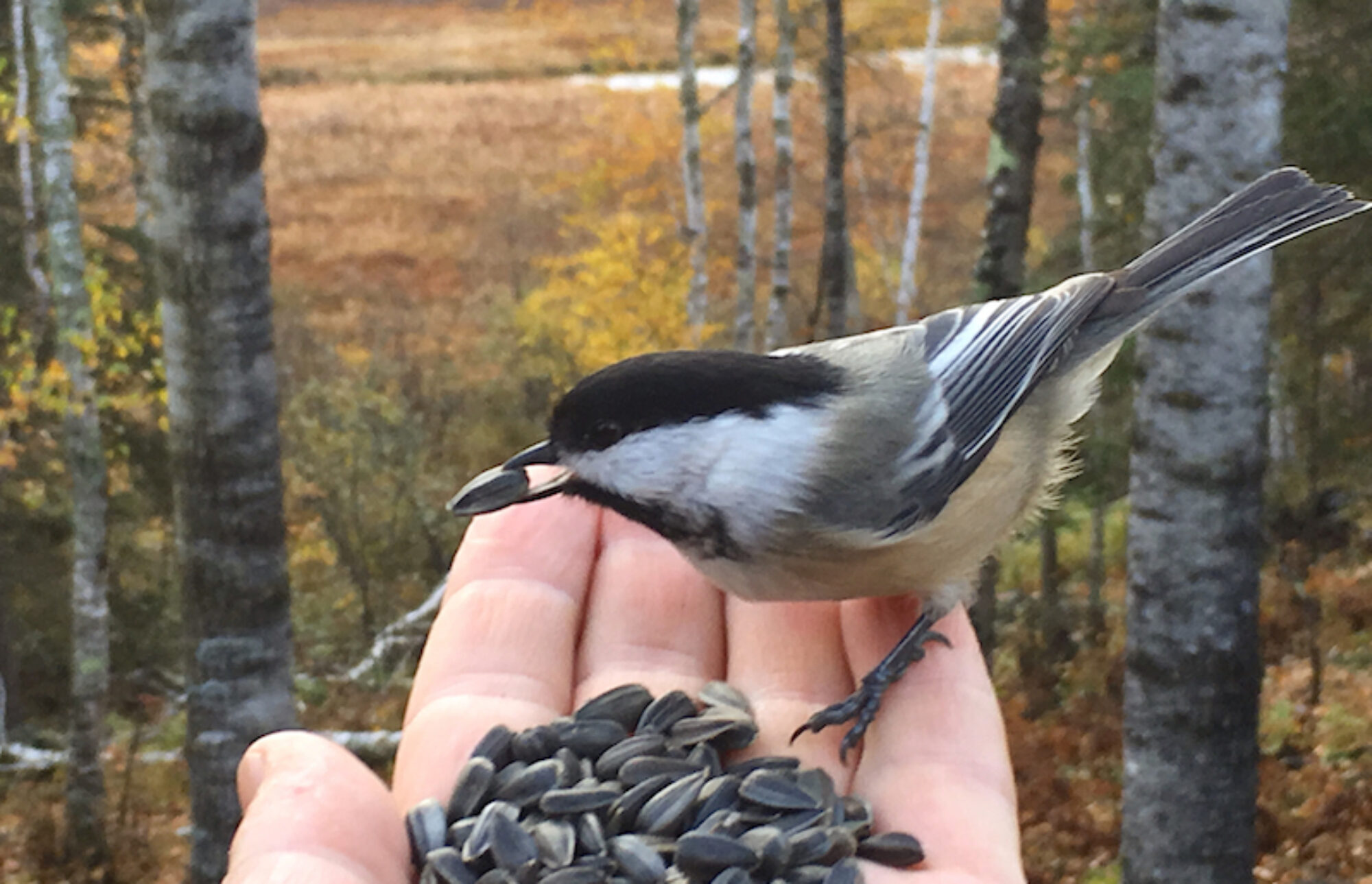

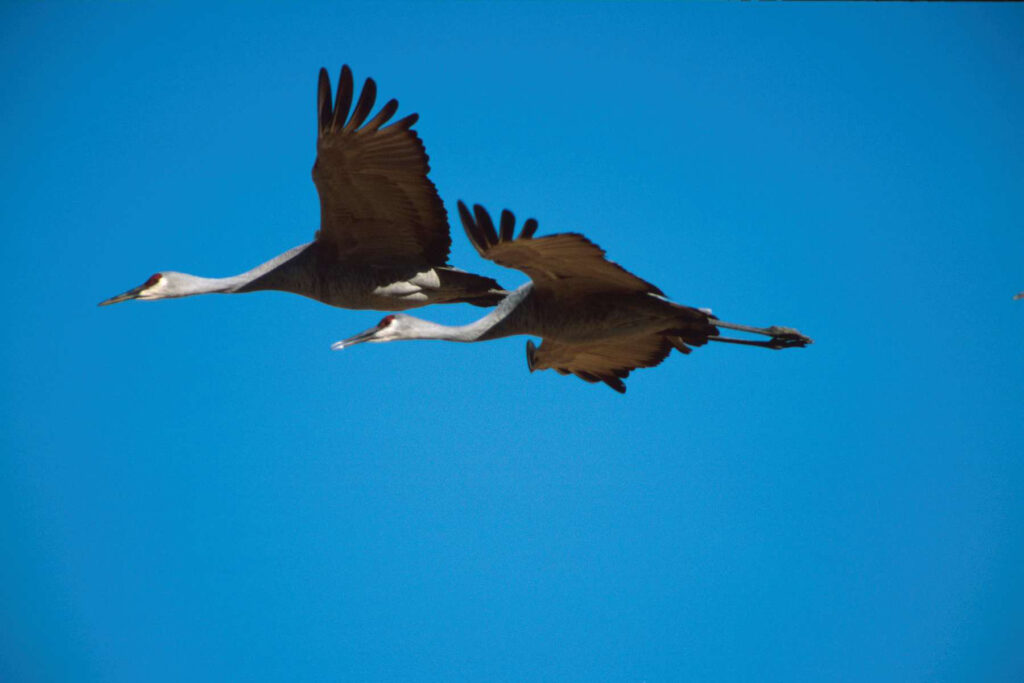

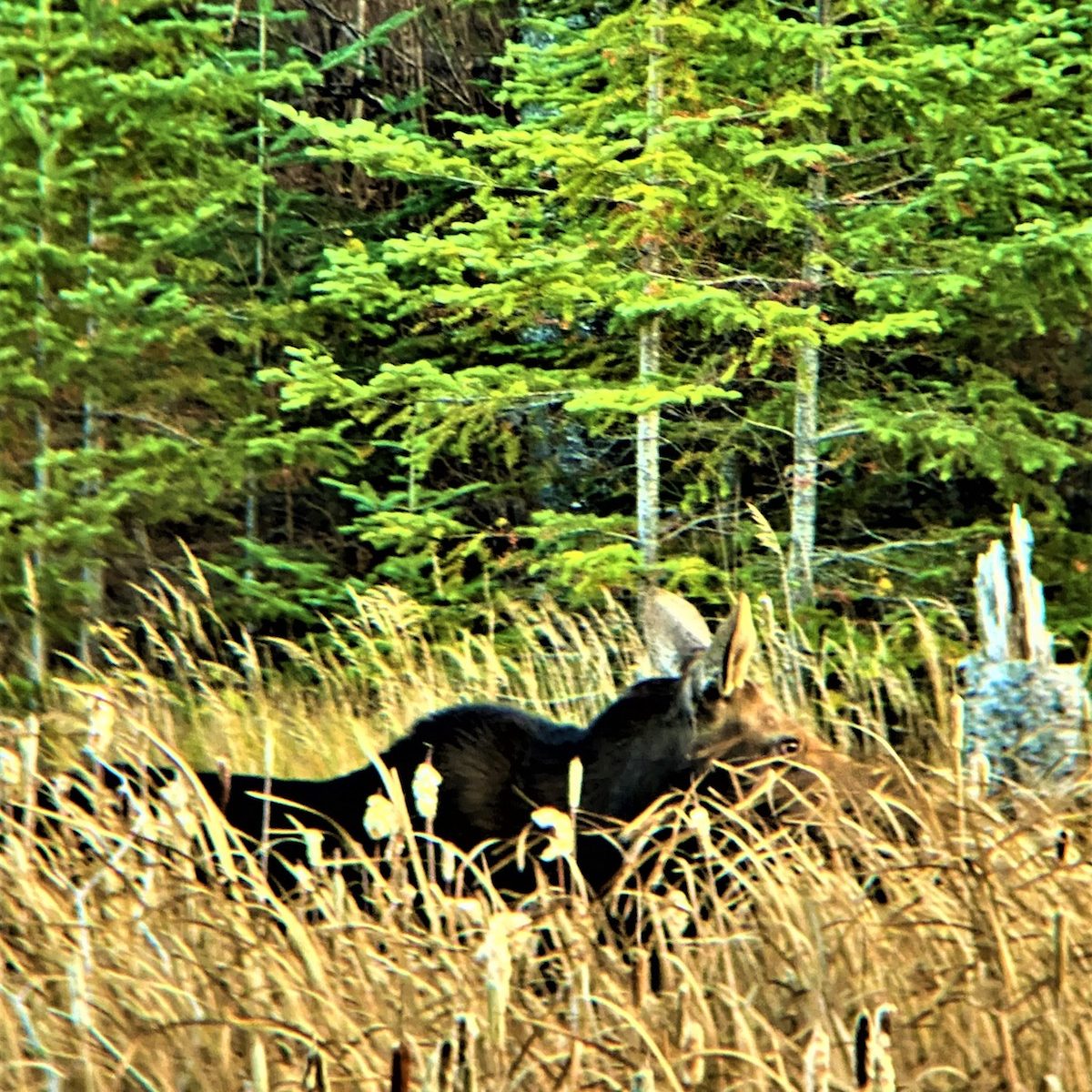
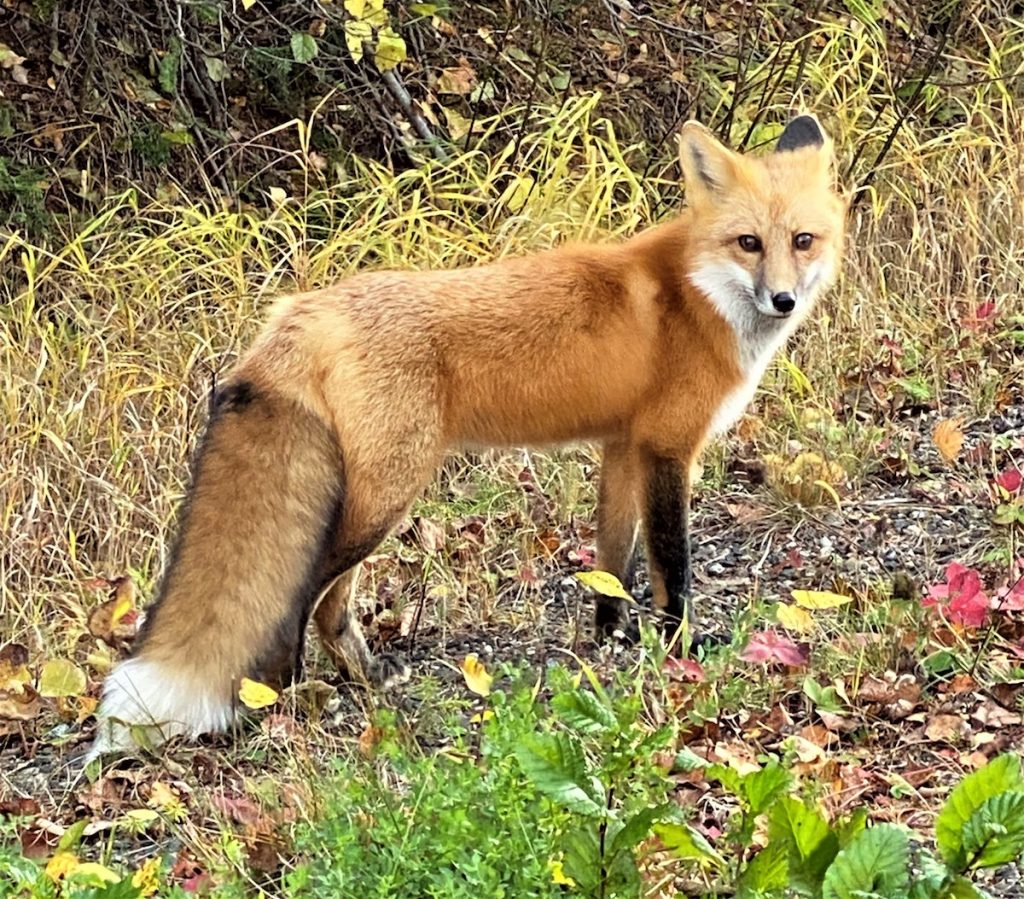
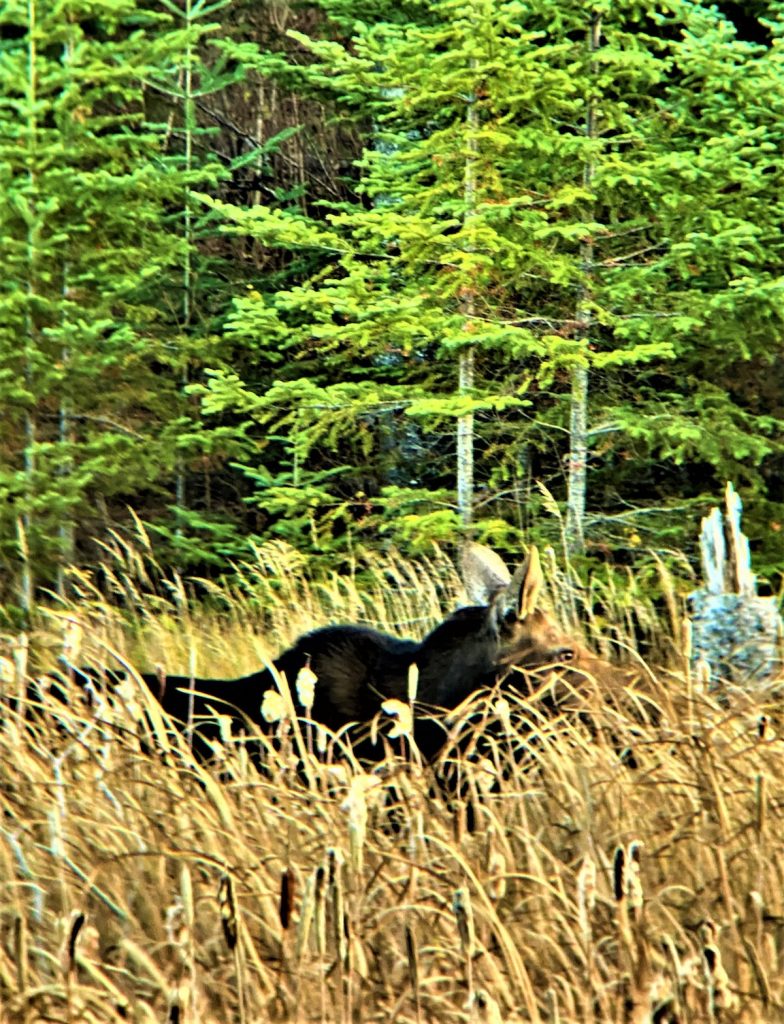
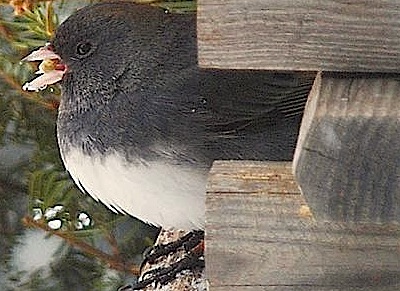
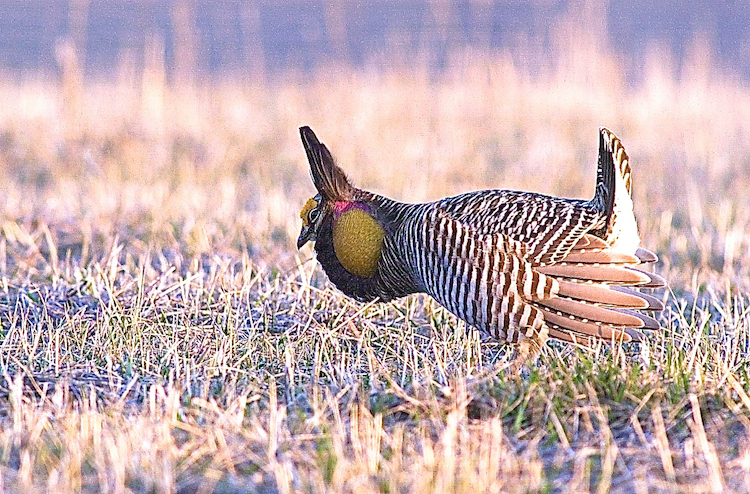 A male greater prairie chicken raises the feather tufts on his head fans his tail feathers and inflates the air sacs on the side of his throat as he begins calling for a mate. The deep booming sound he makes along with the staccato stomping of his feet is all part of the mating ritual male prairie chickens perform on booming grounds each spring kicking off mating season. Photo by Ed Rood
A male greater prairie chicken raises the feather tufts on his head fans his tail feathers and inflates the air sacs on the side of his throat as he begins calling for a mate. The deep booming sound he makes along with the staccato stomping of his feet is all part of the mating ritual male prairie chickens perform on booming grounds each spring kicking off mating season. Photo by Ed Rood